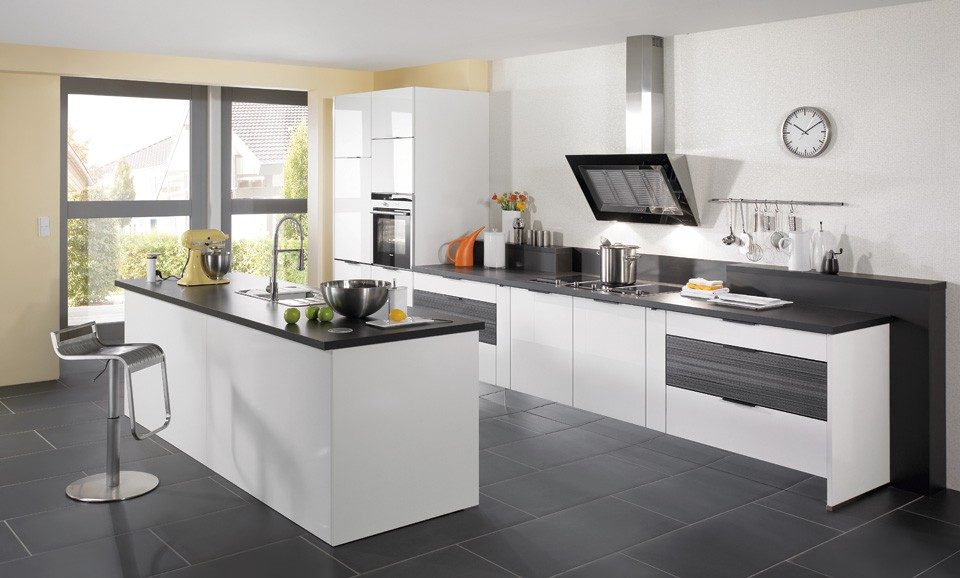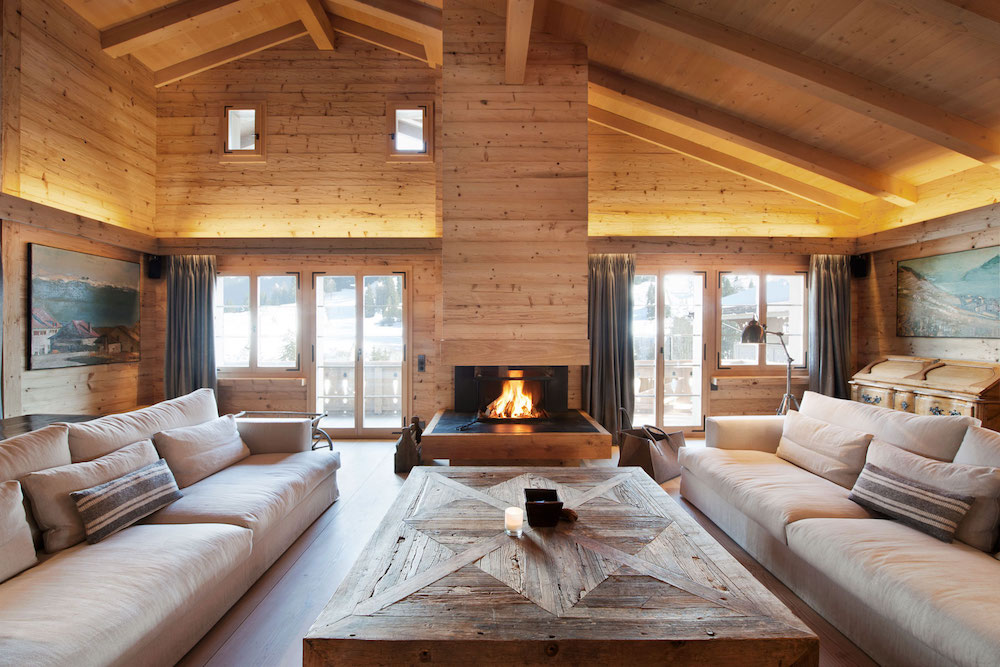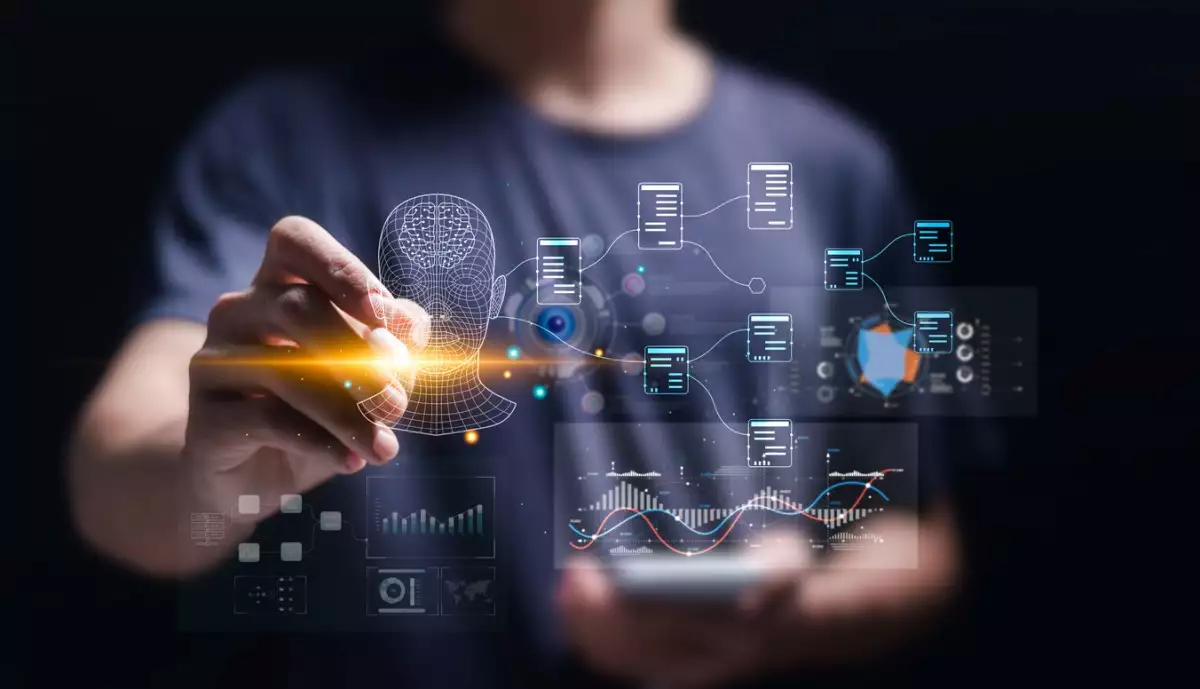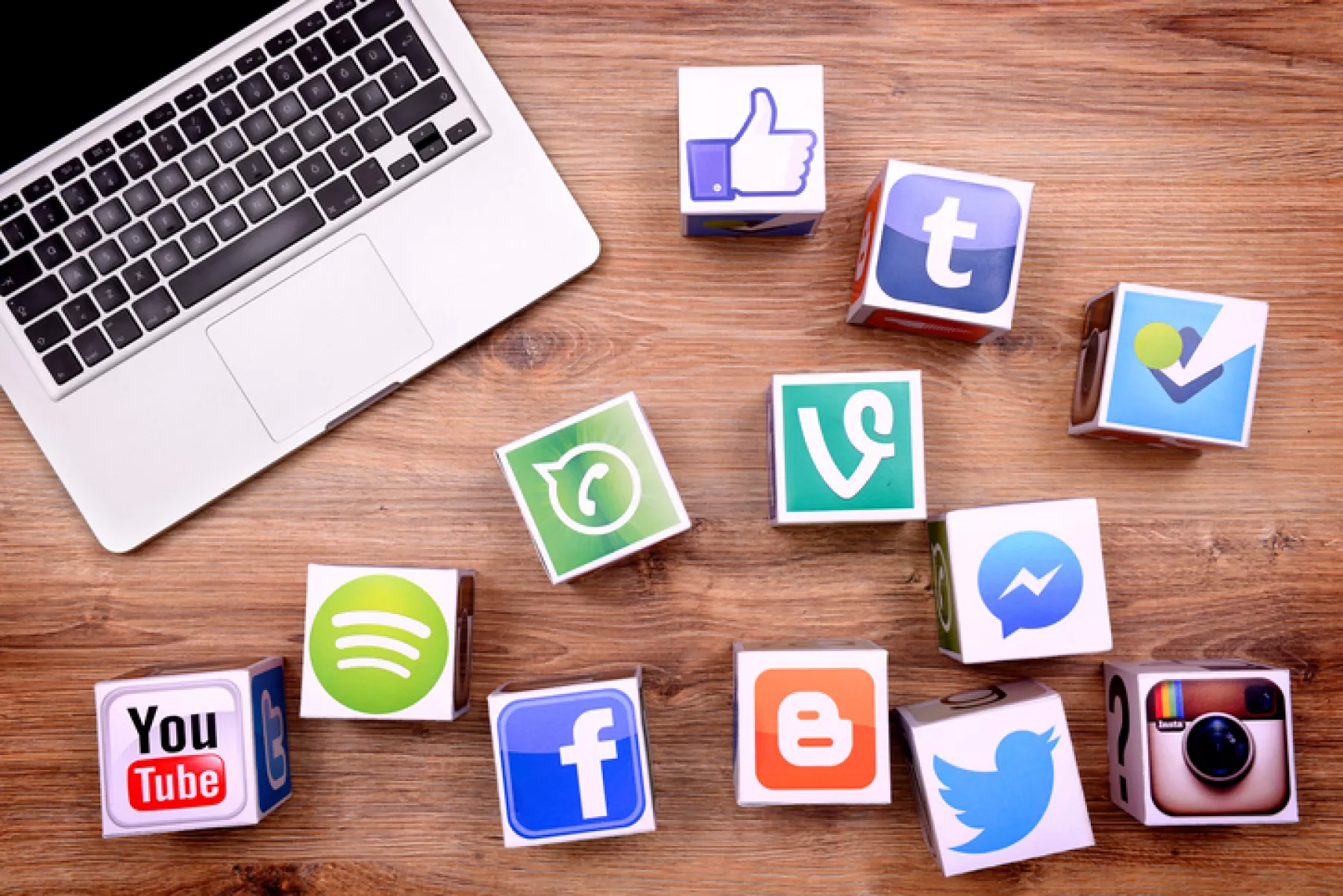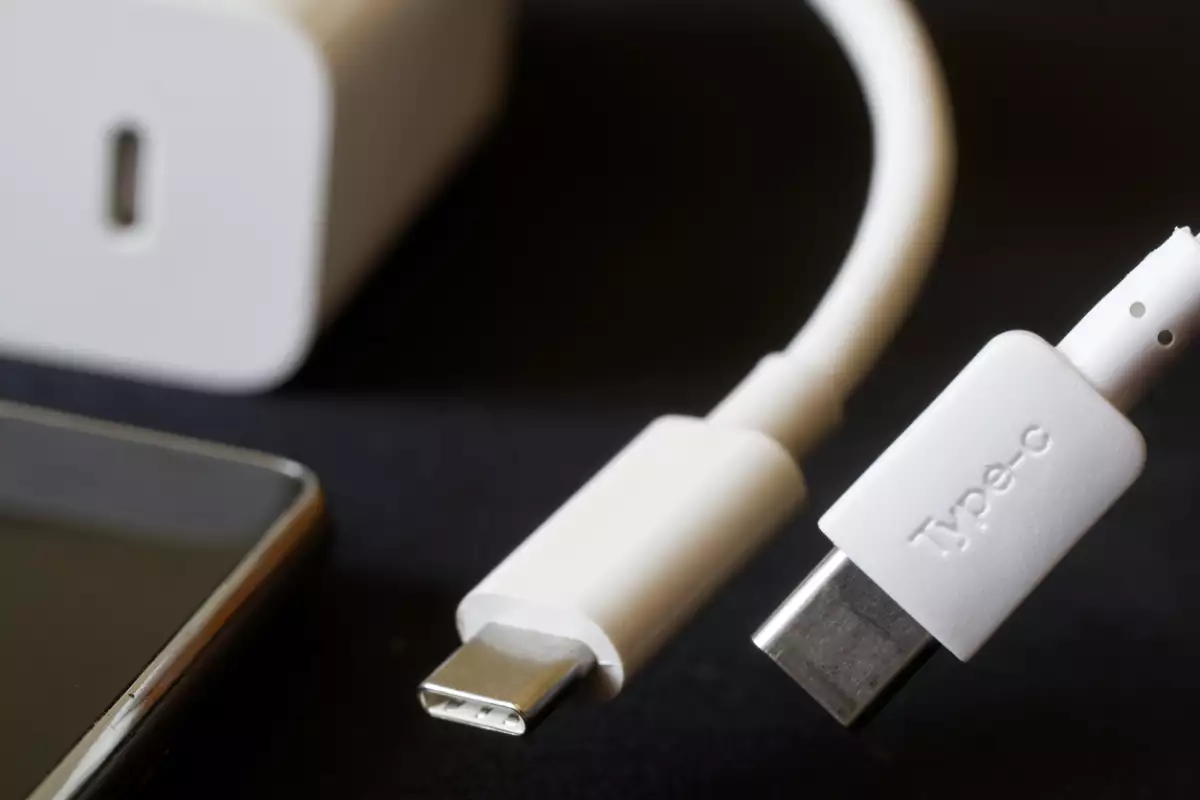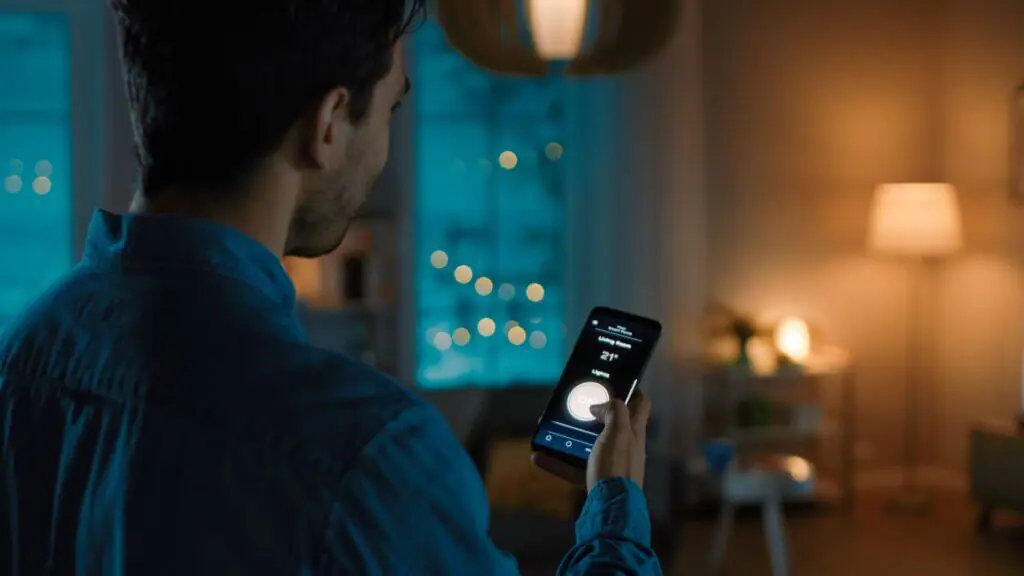
Smart home trends for 2025
and greater sustainability and efficiency. These are the top trends for the smart home in 2025
The global smart home market (smart or digital homes) will continue to grow over the next five years at a rate of 6.8% to reach €102.961 billion in 2027 , according to Valuates. Likewise, data from Statista reveals that revenues in this segment could reach €12.58 billion by 2026. What's more, according to its Digital Market Outlook report , the penetration rate of smart automation devices in Spanish homes has grown exponentially in the last five years. If in 2017 there were only 6% of smart homes in Spain, in 2018 it increased to 7%, and in 2019 to 8%. However, it has only skyrocketed in the last two years. In 2020 there were 9.5% of smart homes in our country, and in 2021, 10.9%. While in 2022 the figure rose to 12.5%. Likewise, another study by ABI Research predicts that the home automation sector will reach 13.3 billion euros between 2022 and 2030 .
In light of the above, we can say that the figures that the consultants are considering are very encouraging, and that is that home automation has many benefits, as it provides the user with greater levels of comfort, sustainability, savings and energy efficiency, as well as more control over what happens in the home and home security.
A smart home is a house that uses interconnected electronic devices to automate and control different functions of the home. These smart devices can be controlled from anywhere and at any time via the Internet, allowing homeowners to interact with them remotely.
For this to be possible, it is necessary to have a digital assistant, applications or certain equipment capable of automating functions that are normally performed by people.
Each of the systems that are implemented in homes is known under the name of home automation . From controlling the air conditioning to the blinds, turning the lights on and off or controlling the music player whenever you want.
Security systems, drivers of smart home
Today's security systems are driving the smart home market, having undergone a significant evolution with the incorporation of advanced technologies that have expanded their functionalities beyond traditional residential security to integrate and extend the user experience towards the well-being of the home's occupants, to create more connected and intelligent spaces.
Not in vain, home security does not escape technological innovation and in 2024, the concept of the digital home takes on new importance, merging comfort with the most advanced technologies . According to data from the ADT report , the residential business unit of Johnson Controls Building Technologies & Solutions, 23% of Spaniards plan to install at least one smart device by 2024 , while another 23% will make greater use of the smart devices they already own for their own security and the comfort of their home (thermostats, smart plugs, etc.).
In the case of alarm functionality that will help prevent risky situations, 6 out of 10 consider remote video surveillance to be able to view real-time images of their home and receive alerts if movement is detected to be the most valued.
In this important area for the smart home, interesting improvements have been incorporated such as:
Advanced Features
Home alarms are now 100% integrated into the digital home, with features that allow them to arm and disarm themselves, without the need to interact with the user. With this feature, the user does not have to worry about connecting or disconnecting the alarm. Adapting to the lifestyle and routines of the home, this automation function based on activity within the home allows the alarm to automatically connect when the occupants go to sleep and disconnect when they wake up.
Intelligent video surveillance with video analytics and perimeter guard
This innovation makes it possible to differentiate between people, pets or vehicles. Once an intrusion is detected, they alert and scare away the intruders with an audible warning signal. Meanwhile, indoor cameras help to see the status of the home in real time and thus check that everything is in order. On the other hand, cameras with tw o-way audio allow you to speak with the occupants of the home through your mobile device, so you can speak to and listen to your children, parents or pets, for example.
Help Desk
Other features that smart home security systems are incorporating are the help service. With this and from any location, once pressed by the user, the help and assistance protocol of the alarm centre operators is immediately activated, who will communicate if necessary with the Police or emergency services such as ambulances or firefighters.
Alarm with voice commands
They execute actions as instructed. These alarms are integrated with smart devices already installed in the digital home, such as Siri, and respond to a simple imperative command from the user. The integration of smart devices into an alarm and its management through voice can significantly improve security and comfort in the home.
“The increase in the adoption of the digital or smart home in Spain is being driven, among other factors, by the constant increase in the number of users with Internet access , as well as an increasingly wide range of devices with smart features. In this sense, today's alarm and security systems have advanced in their services and capabilities through intelligent automation, giving the user all the power to manage their home, simplifying daily routines and improving their well-being and quality of life,” says José González Osma, director of ADT, the Residential Business Unit of Johnson Controls.
How the smart home has advanced in recent years
In recent years, the smart home has been evolving thanks to these advances:
- Multi-platform systems that will allow multiple devices to be connected , not only for security, but also for display and comfort, creating a smart home that adapts to the needs and preferences of each user. This trend will be reinforced with access from any platform (mobile device, PC, etc.), giving the user the convenience of managing and monitoring their home wherever they are.
- Integration of smart devices with the aim of creating a connected home , a complete and interactive system can be created in which all the devices, which were previously not connected to each other, will now be integrated and can be used in a unified and simple way, in the same system accessible to all members of the household.
- Video intelligence with maximum speed and HD quality in outdoor and indoor video cameras that, using advanced technology, will collect clear images to visualize what is happening at home 24/7; and that will incorporate video analytics and smart alerts with which they can notify of what is happening every time a movement is detected. The user will be able to incorporate functions for accompanying and caring for elderly or vulnerable people, monitoring children and pets, among others, remotely and reliably.
- Remote home management that will allow the user to manage with high capacity and reliability, all the connected devices in their home from anywhere and at any time, executing functions such as temperature control, turning lights on and off, surveillance through cameras, opening and closing doors, among others.
- Cybersecurity also protects the digital life of connected homes , ensuring that mobile devices and other connected devices in the home and the privacy of the family cannot be cyberattacked. Creating a cyber-secure space against classic viruses and potential cyberattacks, as well as monitoring digital activity on the Internet, will give users the peace of mind of being protected in the connected environment of their home.
Top trends in the smart home
Back in 2023, we mentioned remote surveillance with instant notifications through specific applications, alert notifications and communication with emergency services as the main innovations for the digital home ; and intelligent automation with the creation of automatic rules to provide users with peace of mind, comfort and, above all, security. Through the creation of these rules and geolocation, the user can control cameras, lights or other devices, depending on their location in the proximity area. In this way, if you move away from home, for example, you could turn off the lights that were left on, activate smart analytics for camera recording and vice versa when you approach.
Intelligent automation: next level
In 2024, both trends will evolve with greater features. In the case of smart automation, apps are transforming home management to take it to another level through real-time notifications and personalized settings . From the smartphone and securely, you can manage the activation or deactivation of appliances and other connected devices in the home at any time and place.
![]()
Likewise, smart sensors are also exerting their dominance, from automatically adjusting the temperature to alerting about suspicious and potentially dangerous activities. Through them, you can program doors to open automatically when movement is detected or lights to turn on when you arrive home.
Integration between devices. Welcome Matter
Alongside this, another advance will be seen in the integration between devices to coordinate automated actions . The open source Matter protocol allows smart devices to communicate with each other and work together seamlessly. What does this mean? Well, you can control your smart plugs, bulbs, sensors and thermostats from a single application and regardless of the brand chosen. The main suppliers of consumer technology and home goods, companies such as Amazon, Apple, Ikea, Somfy or TP-Link, among others, are expanding their products to connect to existing smart home systems. The strong support for the Matter 1.0 specification, launched in early October 2022 , not only allows interoperability of devices between suppliers, but maximizes the potential of their products to reach consumers and simplifies the purchase and installation of new devices by users.
Greater security and privacy: biometrics
Of course, with more connected devices, security and privacy will be a priority. Network encryption and authentication measures reinforce data protection and physical security in these smart homes. In this area, tools such as biometrics will become increasingly common with the incorporation of easy recognition technologies, voice or fingerprints with personalized profiles for each member of the family.
This is added to the possibility of programming and configuring specific rules for the activation of devices based on certain previously established parameters.
Sustainable and efficient systems
Likewise, sustainability could not be missing, an environmental commitment that the smart home carries in its genes and more and more resources will be added to continue along this path. Home automation saves energy consumption as it allows the programming of automatic switching on or off of devices or the countdown for their activation or deactivation. It also gives us information about the energy that each connected device in our home is using to save and make more conscious and sustainable decisions.
In buildings, certifications such as BREEAM (Building Research Establishment Environmental Assessment Methodology) , a method of evaluating and certifying sustainability in buildings, will increasingly be taken into account .
AI and machine learning
But if there is a trend that is specific to 2024, it is Artificial Intelligence and machine learning . The introduction of AI into smart home systems will enable greater personalization and automation of daily tasks, playing a leading role in the efficiency, comfort and security of the home. In addition, they allow for more complete reports and data to be obtained on the functioning of the home.
Home automation systems are also evolving towards autonomy, such as self-sufficient assistants or appliances with autonomous batteries and charging points. Along these lines, the most innovative models for 2024 will be able (as they are currently) to automatically reconfigure and adjust themselves to maintain optimal operation without requiring constant human intervention.
Personalized experiences
If augmented reality has already taken a step forward in interior design, connected homes will also evolve towards the creation of experiences adapted to individual preferences with extreme personalization of environments achieved thanks to technology that will make it possible to adjust lighting, temperature, music or other parameters.
Thought control systems and robots
One of the new developments in home automation that is beginning to give us something to think about - never better said - are thought-based control systems . Wow! Advances in brain-computer interfaces are exploring the possibility of controlling domestic devices with the mind. At the moment, these are systems or devices that are still in the experimental and early development stages.
Closer in time and with projects already underway in our country is the incorporation of robots into the home and more specifically social robotics with machines that not only perform domestic tasks such as cleaning, but also offer company, entertainment and medical assistance.
Connectivity with 5G, Wi-Fi7 and Li-Fi
Another home automation trend that will continue to be in force and on the rise in 2024 will be the implementation of 5G . With it, connections will be even faster and more stable between home devices, which will enable faster real-time data transmission to enjoy more precise and efficient control of connected devices.
The same will happen with Wi-Fi 7 , the new wireless communications standard that was approved this year and will mean the arrival of multiple devices enabled for it.
And perhaps in the future, the promising Li-Fi technology is gaining momentum to become a fast and secure alternative to traditional Wi-Fi, using light for data transmission and providing higher speeds and greater security in the home. Projects are already underway.
Leave a comment:


Tranding News


